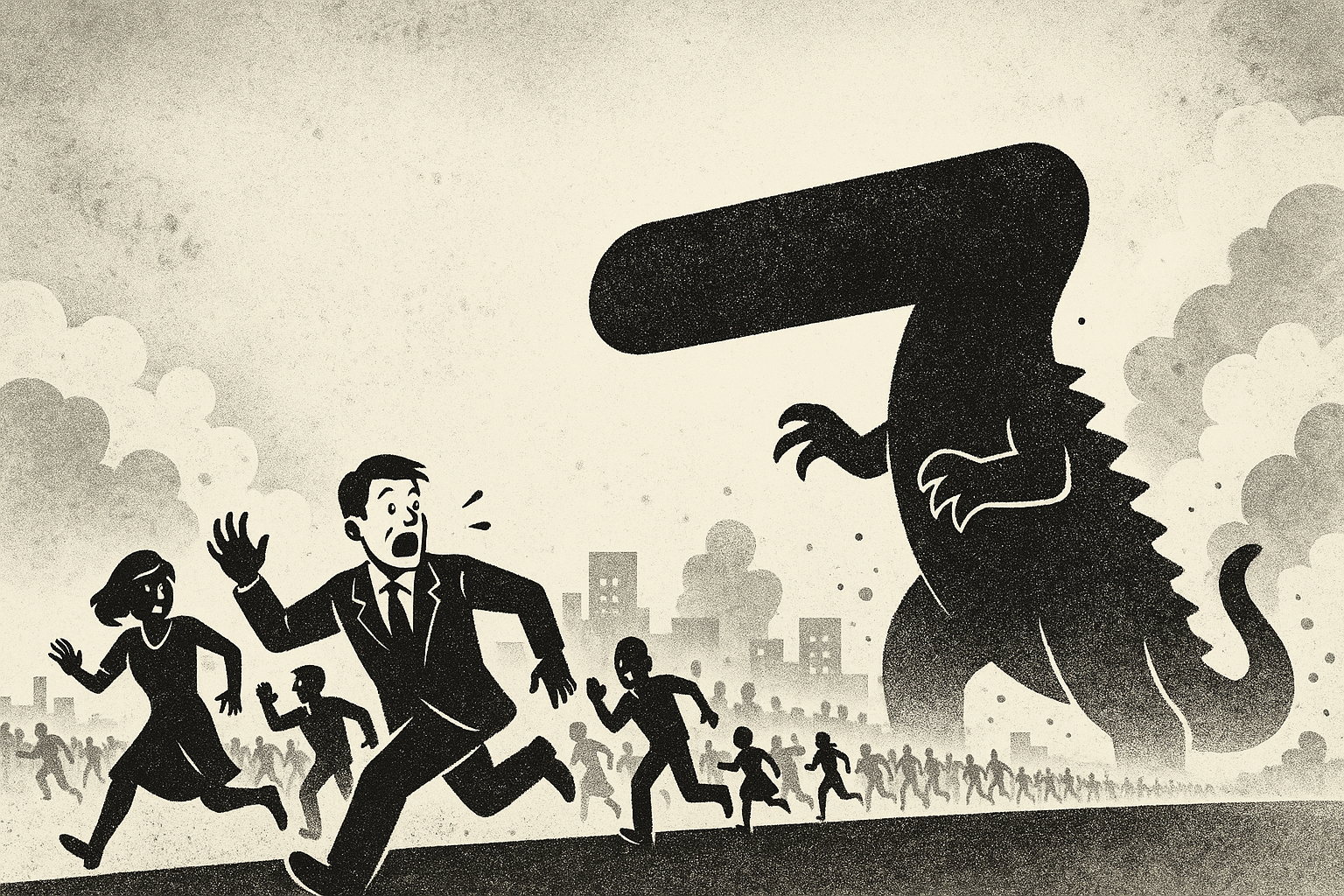In Defence of the Em Dash—The Unsung Hero of Clarity

In Defence of the Em Dash—The Unsung Hero of Clarity
It’s wildly ironic that I’m writing this, given I’ve spent weeks being very conscious about how often I use them. But when you edit financial reports for a living, you know their worth.
In the wilds of analyst prose, buried in paragraphs of financial jargon and mind-numbing mathematical equations (apologies to the math nerds; I’m more the word-obsessed variety), the em dash is salvation. It gives the not-so-excited reader a breather, points out the important bits, and rescues clarity from chaos.
It’s punctuation as pacing. Tone control in a single stroke.
A good em dash knows when to interrupt.
A bad one is usually a comma pretending it’s up for the job.
Why the Em Dash Matters
In fiction, I use them with a light touch. Think of them as chili flakes 🌶️: a sprinkle adds flavour; too many and the whole dish turns into a dare. The goal isn’t to erase them, but to make sure each one earns its place.
Because yes, in storytelling they can be overdramatic. But in the analytical jungles of finance or academia, they’re oxygen. They break up dense clauses, steady the reader’s rhythm, and let the truly vital details shine.
The Hyphen Isn’t a Hero Here
Let’s be blunt: using a hyphen where an em dash belongs is like bringing a teaspoon to a sword fight. It’s not minimalist; it’s grammatically incorrect.
A hyphen joins.
An em dash divides—or amplifies.
A hyphen’s job is teamwork: it builds compounds (low-carb, copy-editing, long-winded).
The em dash? It’s punctuation for thinkers. It says, “Pause here—something interesting is happening.”
If you’re afraid of “looking pretentious” for using one, don’t be. Clarity is never pretentious.
Nuance, Not Nitpicking
I’m not a grammar tyrant (I’ve even written a whole post declaring that). Grammar isn’t about snobbery; it’s about function.
Used consciously, punctuation is a rhythm instrument. Semi-colons croon; commas breathe; em dashes punchline.
We underestimate how much tone, inflection, and even personality live in punctuation.
Used right, the em dash can turn a paragraph from trudging to alive.
In Short
The em dash isn’t pretentious—it’s precision.
Hyphens can’t do its job.
Use it consciously, not constantly.
And for the love of all things legible, don’t let anyone shame you for using the right tool for the sentence’s job.
In the great punctuation pantheon, the em dash is the quiet stage manager. You only notice it when it’s missing—usually right before the curtain falls.
